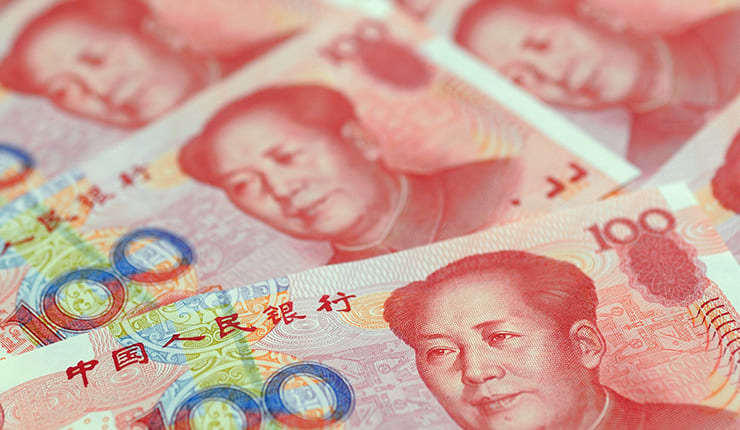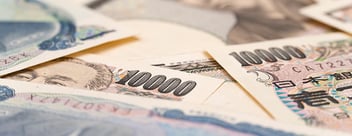As the world’s largest manufacturing economy and exporter, China has grown at an exponential rate. Its currency is naturally closely tied to its economic performance and has also undergone changes over the years. One aspect about it that also seems to evolve is its name, which changes depending on its purpose. Navigating through the many ways of denominating China’s currency can be confusing and this article intends to clear the air around the issue.
The Renminbi, which means “the people’s currency” in Mandarin, is the official currency of the People’s Republic of China. Often abbreviated as RMB, its official ISO code is actually CNY (for Chinese yuan). The term yuan designates the primary unit of the currency, much in the same way as Britain’s currency is the pound sterling with the “pound” actually referring to a unit of the currency.
The particularity of the renminbi is that it is divided into two types of currencies exchanged at different rates. As a result, a second unofficial code is used to distinguish them: CNH (the H stands for Hong Kong, the first offshore market for the yuan).
What’s the difference between the two types of renminbi?
While the two types of renminbi are worth the same amount within China, they have different exchange rates when priced against other currencies. CNY refers to renminbi traded in mainland China mainly for domestic transactions and is often called onshore renminbi. On the other hand, CNH is referred to as offshore renminbi and is freely traded on global markets outside of China. It is less controlled and fluctuates based on supply and demand. It was jointly launched by the People's Bank of China (PBOC) and the Hong Kong Monetary Authority (HKMA) in 2010 to facilitate and expand the use of the currency and further support China’s efforts to internationalise its currency. Along these lines, China and Taiwan also agreed on an offshore renminbi traded on the island: CNT.
|
Did you know? The renminbi is the world’s eighth most traded currency. |
The Chinese currency over time
For most of its early history, the renminbi was pegged to the US dollar. However, under growing pressure from the country’s trade partners, the Chinese government decided to move away from the fixed exchange rate regime in 2005. Today, the currency operates under a managed floating exchange rate system. In other words, the People's Bank of China (PBoC) still keeps tight control over its currency. The yuan is kept tied to a basket of currencies that reflect the country’s trade partners and its value is kept within a 2% range against the US dollar. China’s two main partners are the United States and the European Union and the weight of their currencies in the basket is roughly 19.88% and 18.45% respectively. While economists suggest that the renminbi is undervalued, the currency’s undervaluation enables the country to make its exports more competitive.
|
Did you know? Chinese people do not use the terms renminbi or yuan when referring to their currency. Instead, they use the word “kuai” which simply means “piece”. |
China’s digital currency (e-CNY)
A particularly interesting development to monitor will be the uptake of China’s digital currency, the e-renminbi, which should allow for the settling of international payments that deliberately circumvent the US dollar. Trialled initially within several Chinese cities, the e-renminbi was the first digital currency to be issued by a major economy. It aims to relieve some of the pressures of the dollar-dominated IMS. China’s CBDC (Central Bank Digital Currency) supports the country’s efforts to move away from its reliance on the US dollar and Western-led payment systems. While it is unlikely to change the status quo, it could certainly consolidate China’s economic and monetary outreach over the medium term if it proved successful.
Topics






